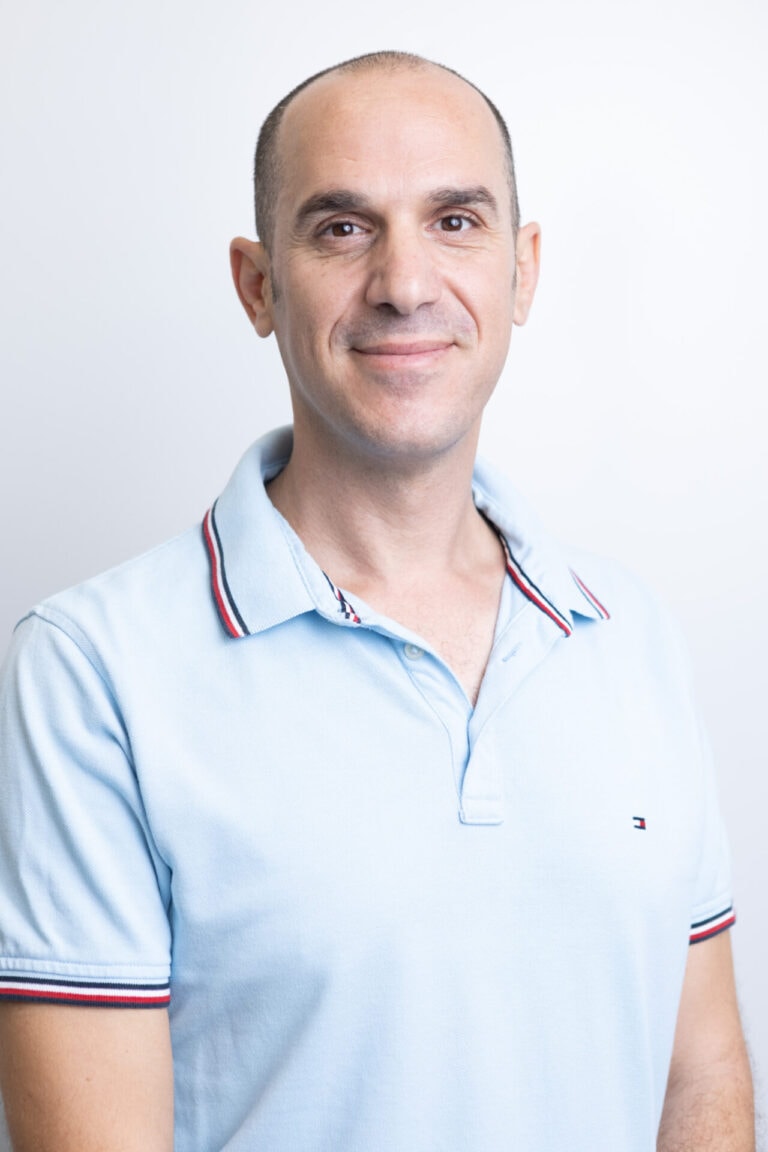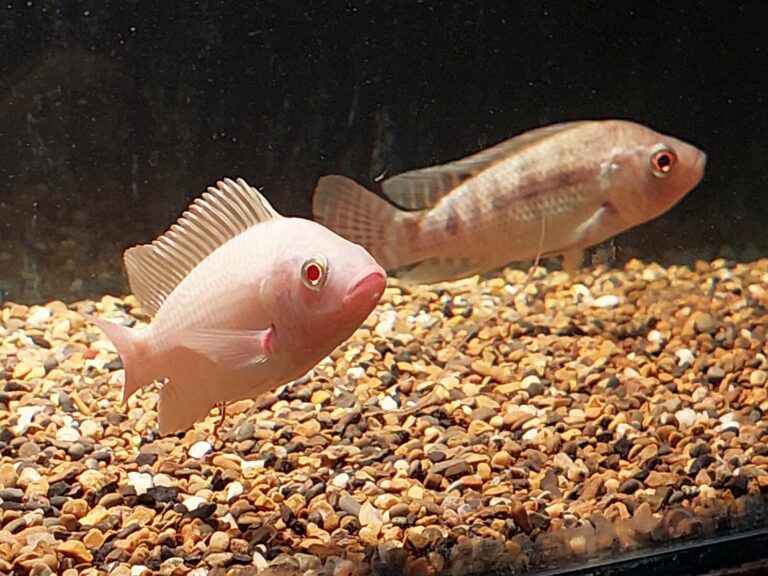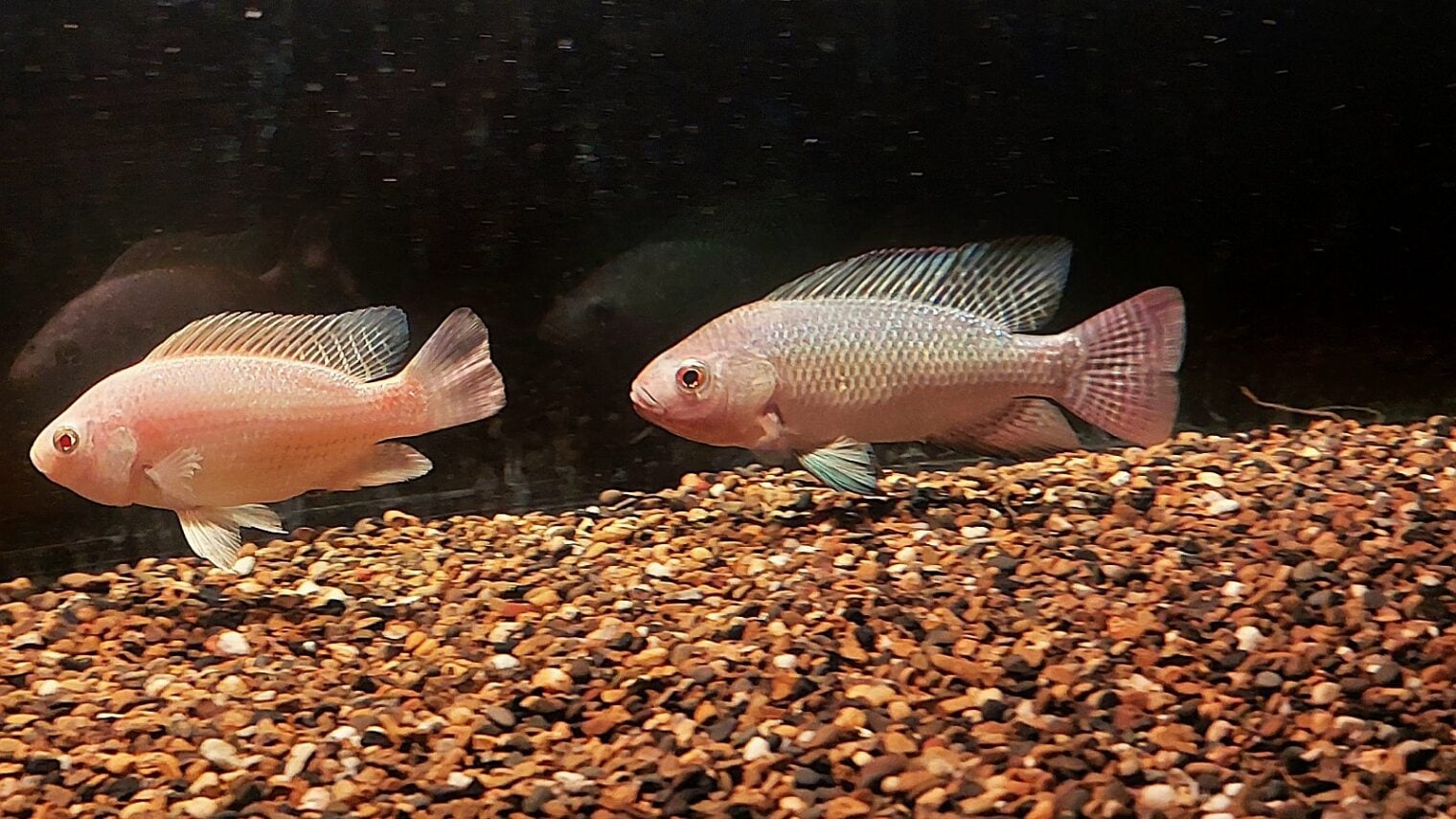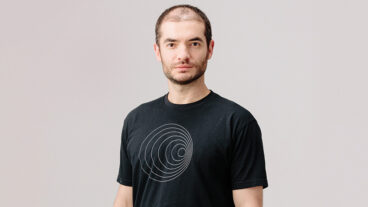Senior researcher Jakob Biran really likes fish.
“I started studying fish in 2005, and before that I worked at an ornamental fish farm for two years or so,” says Biran, who now works at Israel’s Volcani Center Agricultural Research Organization.
Biran has a master’s degree in neuroendocrine regulation of reproduction in fish, and a PhD in neuroendocrine regulation of stress in fish.
For the past seven years, Biran has headed a Volcani lab that uses new gene-editing methods to improve farmed fish.
As worldwide consumption of fish increases and ocean fish are getting scarce, raising fish under the controlled conditions of aquaculture farms is surpassing production of traditional fisheries.
Biran’s lab, like others around the world, uses cutting-edge molecular scissors to deactivate gene functions considered undesirable or that have “a negative agricultural impact.”
Putting on more muscle

“For example, fish have a natural system of muscle growth suppression. Fish in the wild have a scarcity of food and there’s not enough energy to feed their muscle growth, which the organism then suppresses to survive,” Biran tells ISRAEL21c.
Aquaculture-raised fish always have enough food for adequate muscle growth, yet muscle growth suppression still gets activated.
Biran’s lab solved this problem by removing the genetic components of muscle suppressors. As a result, the fish develop more muscle mass.
“And more muscle mass from the same amount of fish increases the food supply,” he says.
Putting fish on a plant-based diet
Biran’s lab is also working to change how aquaculture-bred fish are fed.
Today, fish farms are feeding fishmeal to the fish. This controversial issue was explored in a Netflix documentary, “Seaspiracy.”
“If aquaculture grows and we need more fish just to generate the fishmeal, then we don’t take the pressure off the oceans,” Biran points out.
Eliminating fishmeal would make aquaculture more sustainable and cost efficient because plant protein is significantly cheaper.
The lab that can solve this problem could have a huge market advantage, and Biran hopes his team will be among the first.
“We created a very good diet with plant-based protein that doesn’t contain fishmeal, but the problem is that the fish don’t want to eat it,” Biran explains.
“We are now working to block the activity of the anorexigenic system in the brain of the fish to make it hungrier. When the fish is really hungry, we can give it food which is less appetizing, and later remove the fishmeal from the diet altogether,” he says.
“This one genetic change alone will pay off for the aquaculture farmers, and hopefully, eventually for the consumers as well.”
Banishing black spots
Another project involves red tilapia, a species popular in Asian markets.
“In the Far East, it is esteemed to eat red fish during some holidays,” Biran says.
Demand for red tilapia is therefore very high, and so is the market price. What drives the price even higher is the fact that wild red tilapia are genetically predisposed to develop black blotches.

“In the Far East, if the red fish has blotches, they don’t eat it for cultural reasons,” explains Biran.
His lab came to the rescue with gene editing.
“We blocked the activity of the dark pigment synthesis and made the species albino, which in red tilapia is expressed as a solid red or pink phenotype.”
The promise of genetic editing
Biran’s lab at the Volcani Center is the foremost one of its kind in Israel.
Until genome editing became widely possible thanks to the CRISPR/Cas9 genetic “scissors” whose inventors won a 2020 Nobel Prize in Chemistry, the main method used to alter genetic makeup was transgenesis — a transfer of a gene from one organism to another.
In transgenesis, “You duplicate or multiply specific regions of the organism’s genetic makeup. For example, you can put an insect gene in a tomato and introduce genetic components into the host organism that were not there naturally,” says Biran.
“The method is not inherently bad because many types of crops across the world are transgenic and we eat them,” he notes.
However, it’s very difficult to regulate where you introduce the foreign genetic data into the host organism, which sometimes leads to unexpected outcomes.
This is why food regulators don’t like transgenic products, especially animal products. “That’s the job of the regulators — to think of the worst, maybe-never-going-to-happen scenarios,” Biran explains.
Gene editing is a much more precise technology.
“We essentially use molecular scissors to modify the genetic data of an organism in a very specific manner that leads to only minor and subtle changes, while keeping the overall genetic makeup intact,” explains Biran.
His lab will continue using this new technology to solve problems in aquaculture and satisfy the world’s increasing appetite for seafood.
















